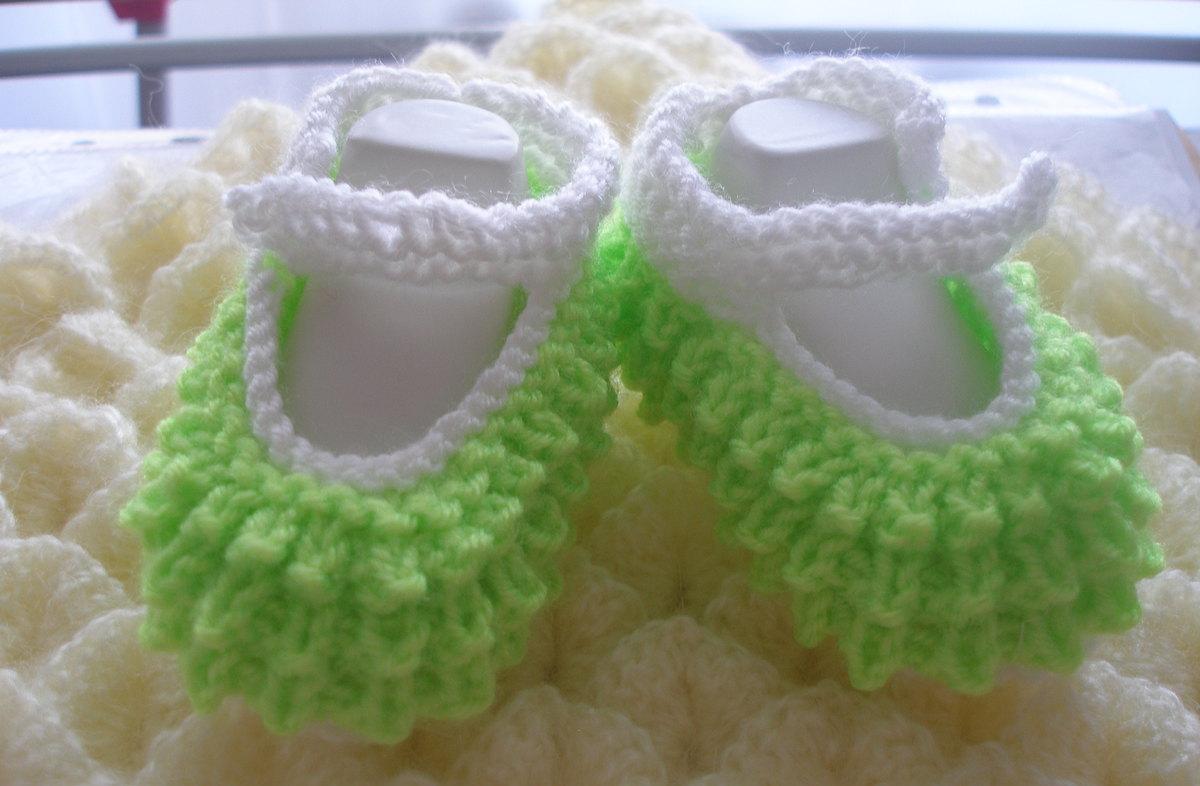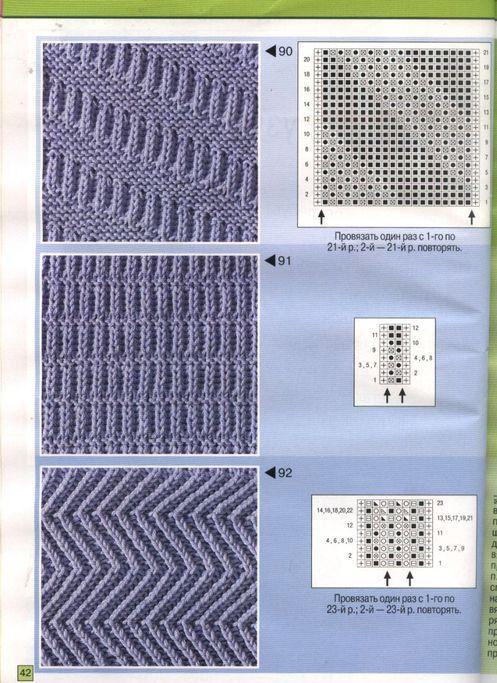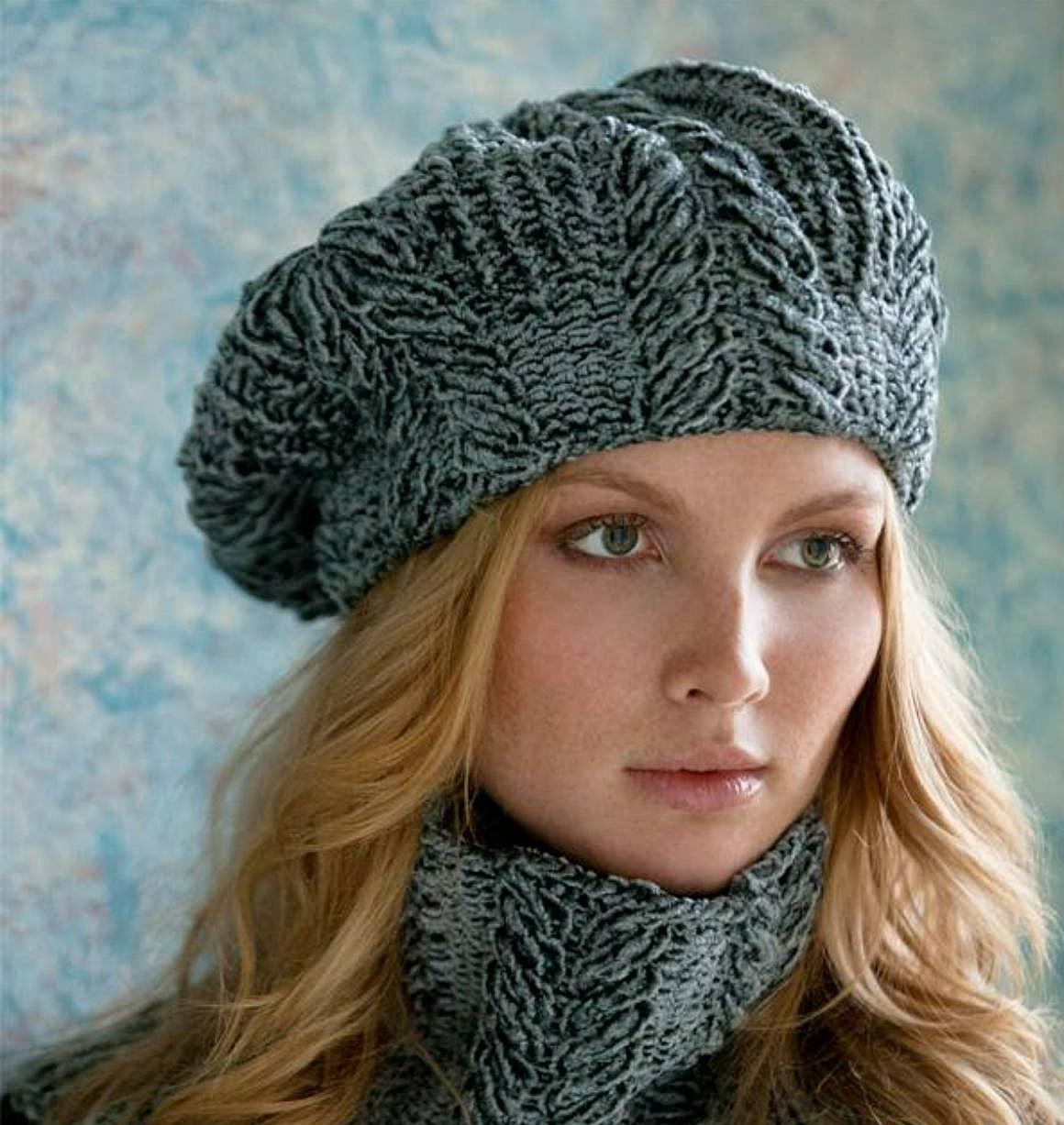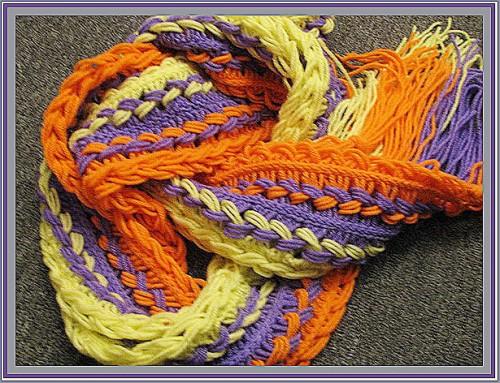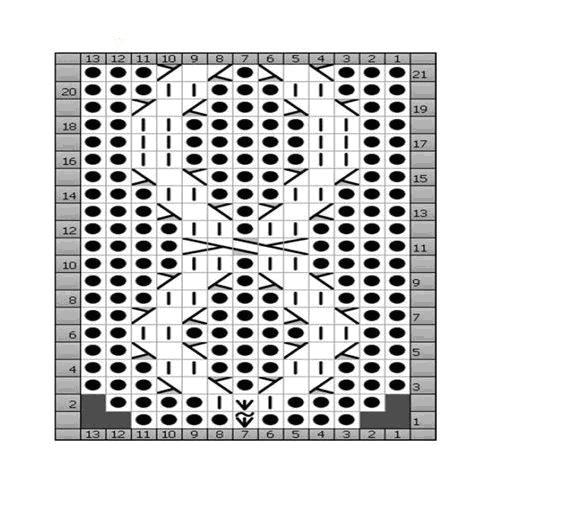
Detailed video lessons on knitting products from thick yarn
Content
Modern knitting is a very large paletteDirections in needlework. The list of new interesting sections is constantly growing. One of the fascinating and popular ways, recently, can be called knitting from thick or very thick yarn.
This species is gaining popularity because anyModels from thick threads look unique, very effective and creative. Thick yarn allows you to knit products very quickly and create unique things that will emphasize your style.
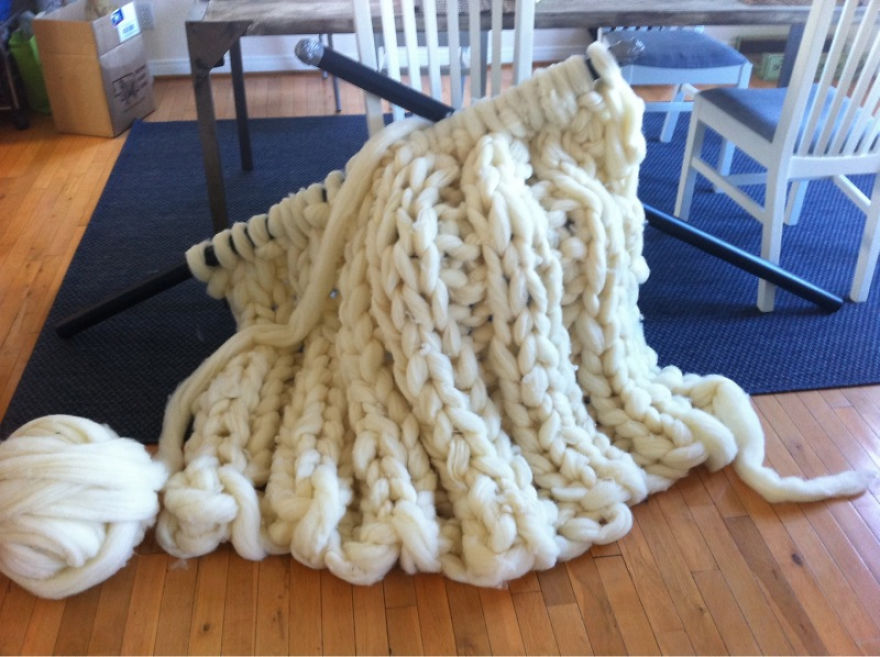
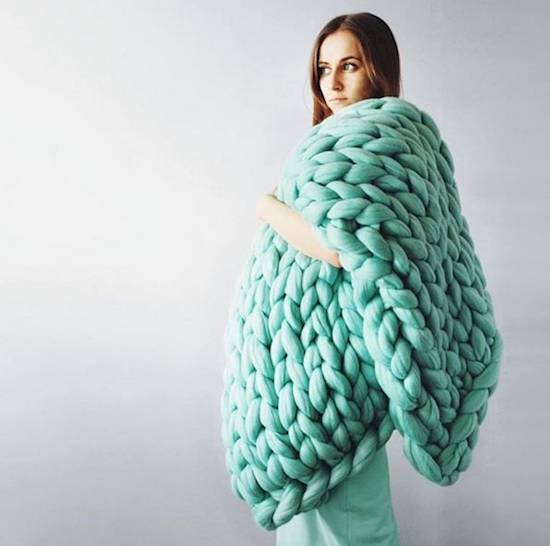
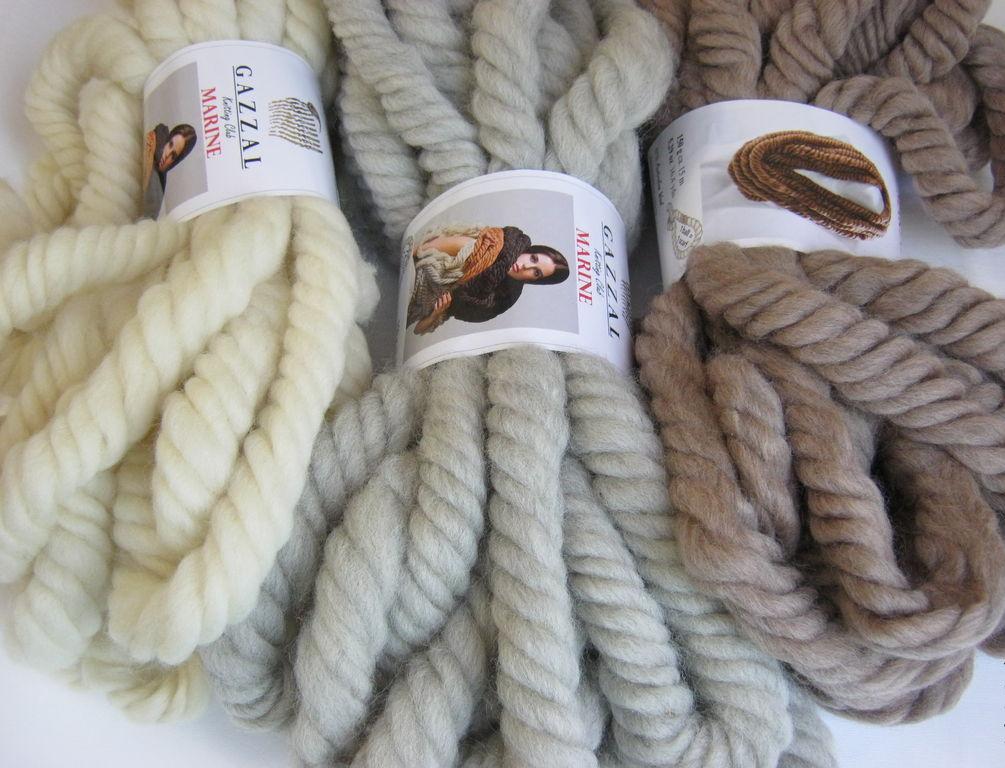
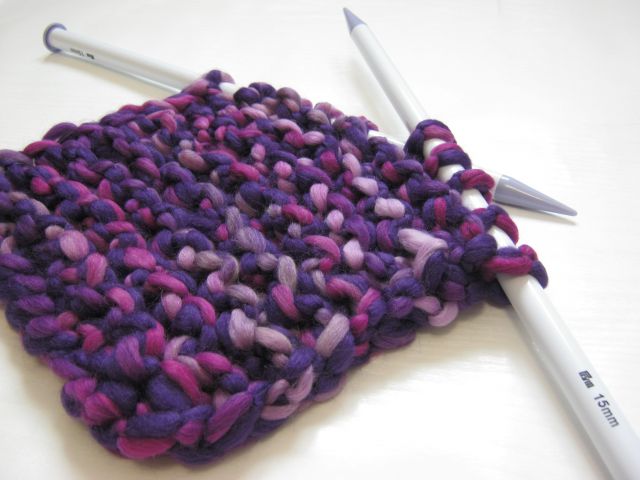
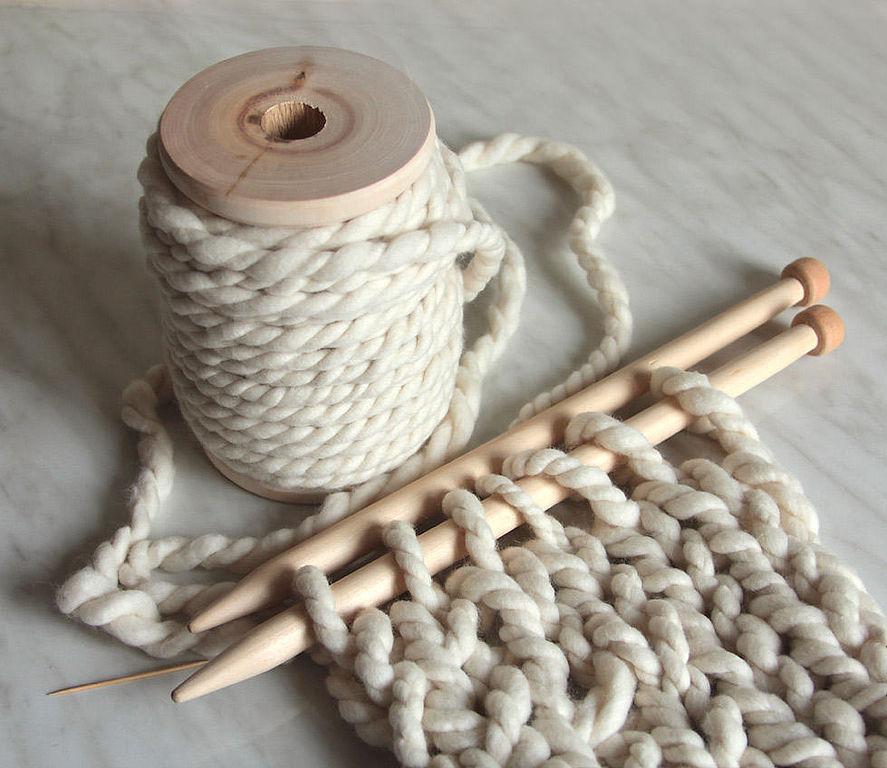
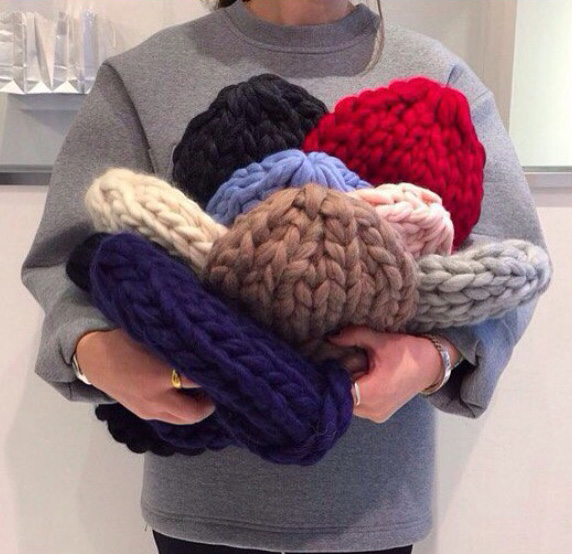
Varieties of thick yarn
To ensure that the product is fully compliantExpectations, you need to know the properties and capabilities of thick threads. They are made of synthetic or natural fibers. Depending on the type of yarn, it is used for various projects.
Tape is knitted.
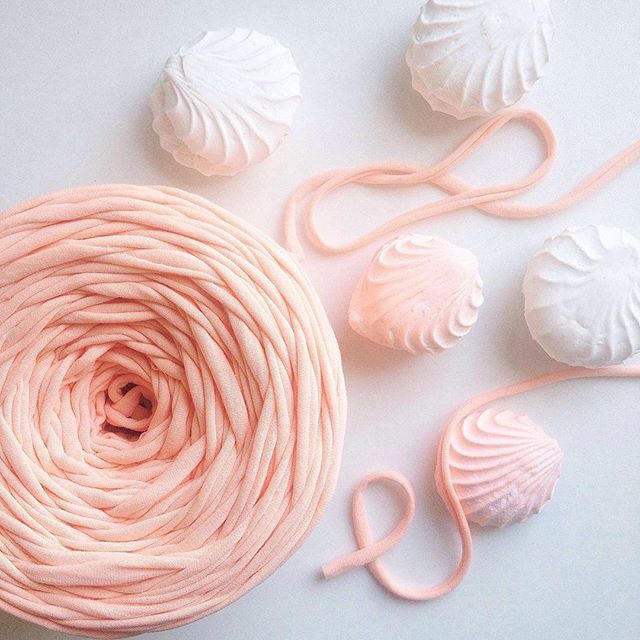
It is a knitted fabric, cut into strips,The width of which is not more than 3 cm. The curled to the center of the edge of the fabric give the strips the appearance of even tubules with a diameter of up to 9 mm. For knitting need to take knitting needles number 9-15. The idea of creating such a yarn arose a very long time ago. In the villages, stripes of old cloth or things were always knitted with rugs. The modern ribbon is made of high quality knitwear in various colors. However, to create clothes, it does not quite fit - the ready-made fabric is quite dense. Well obtained from the tape handbags, pillows, rugs, clutches:
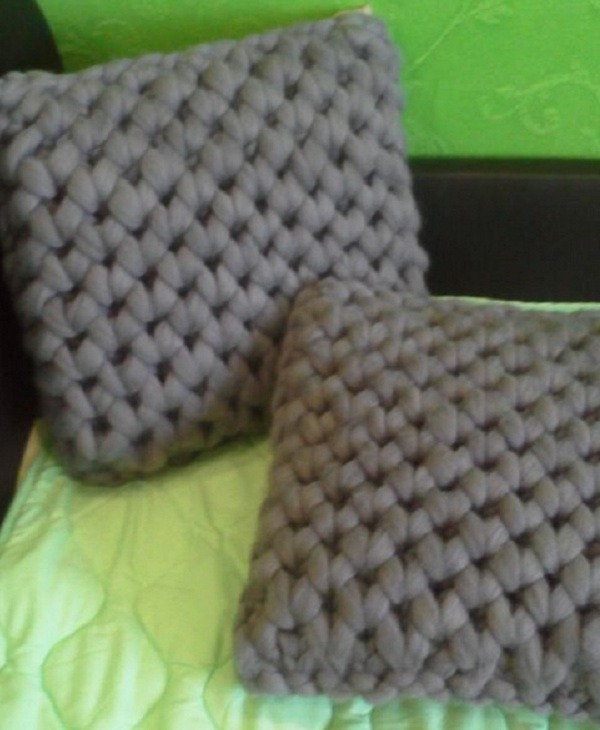
Rovsnitsa half woolen and woolen. An excellent option for blankets, bedspreads or capes. From clothes suitable for knitted coats, cardigans and sweaters, scarves and hats. Loops in the product are huge, very expressive. In a skein usually about 40 meters. Knit with knitting needles number 15-20 and even larger diameter. Products need to be washed with hands, very carefully, in cool water. Contraindicated for rovings twisting and spinning.
Yarn-string. It is a thick lace woven from a thin thread. The composition of this type of yarn varies from manufacturer to manufacturer. Many knitters make this kind of yarn by themselves using a corded knitting machine. This gives a lot of imagination in the choice of color and thickness. Suitable for knitting any products - interior items, clothes, finishing details.
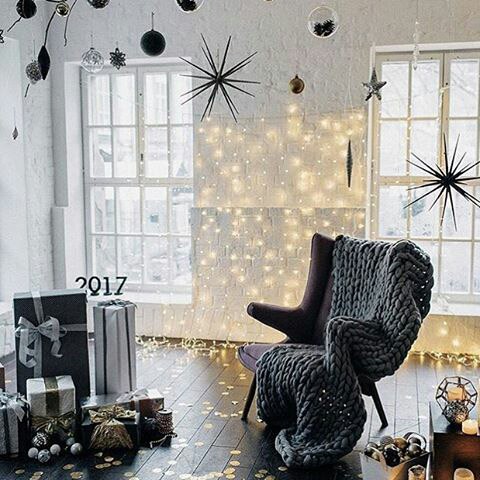
In addition to the listed types, for work useSpun untreated wool, and, maybe, and not spun. Each of the varieties has its advantages and disadvantages. A thick yarn is knitted solely with large diameter spokes or fingers. The advantages of such a combination are undeniable:
- Very fast knitting process;
- High quality and originality of products;
- There is no need to tie complex patterns.
When choosing a thick yarn, you need to pay attention to such nuances:
- Smoothness and smoothness of the thread. It must be maintained along the entire length;
- diameter. Decide in advance how the product should look;
- Accuracy of calculation. In coils with thick yarn a small footage, so carefully calculate the right amount;
- Image on the label. It is necessary to have a rectangle with a skein and numbers indicating the thickness of the fibers. For thick yarn this value should be at least 5 or 6;
- A thick thread requires a diameter of knitting needles from 6 to 8 mm, and a very thick yarn - from 9 mm or more.
The patterns for knitting from a thick and thin thread are practically the same. The only difference is the speed of manufacturing the model. In the first case, it will be much larger.

Note! Ready-made clothing will become longer under its own weight. Therefore, the length of the product will have to be adjusted when calculating.
Experienced craftsmen apply the correctioncoefficient. It is equal to 0.95. All meaning is multiplied by it. For example, the length of the product as calculated is 90 rows. Multiplying by 0.95, we get 86. When working with thick yarn, this method will help to avoid bandages.
And some more tips for those wishing to knit fromThick filaments. Better to distinguish the structure of loops and threads on models of light yarn. Choose bright and light shades. If you want a dark thing, then consider that the texture of the canvas is fuzzy.
The thicker the yarn, the easier it is to choose a pattern. It is better to choose the usual elastic band or facial smoothness, garter stitch or patent drawing. On models of thick yarn, complex collars and numerous details should not be planned. A regular round or V-neck, high wide collar will make your thing more harmonious.
Video review of the yarn
We knit different products
When knitting with knitting need very much to diversifyTheir creativity. Of a thick thread, the models made in dressing or hosiery look great. However, it is possible to tie various patterns out of it. Consider the most popular. The pattern is "elastic". Such a pattern is well suited for knitting hats. Count the number of loops and dial on the knitting needles. They knit exactly the required length, considering the lapel of the cap, then reduce the loops. After the end, the pattern is "rice". The technique of knitting the pattern does not differ from the classical one. Begin knitting from alternating purl and facial loops in combination 1x1. Even rows are tying "how loops look", and in odd numbers they change their arrangement. Above the ligature knit the facial and vice versa. This pattern is good to choose for a knitting crochet:

He will contact quickly, will be warm and textured.
Scarf Snood
Thick yarn is perfectly combined with openwork patterns:
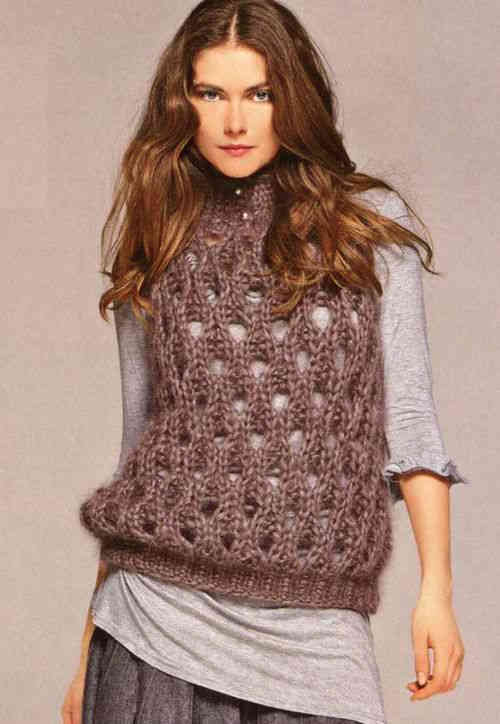
Even large holes do not prevent such a model from warming in cool weather. A normal waistcoat can create a good mood with its stylish look.
Jacket
Pattern "garter stitch". To decorate this pattern will help the mélange thick yarn. For knitting, type 90 knitting needles with knitting needles, circle in a circle and knit alternately one row with facial, one with a wrong one. Needles need at least number 10 on the line or rope. After plugging 45-50 cm, close the hinges without tightening:

The combination of ordinary gum and garter stitch can transform any model. For example - a summer blouse:
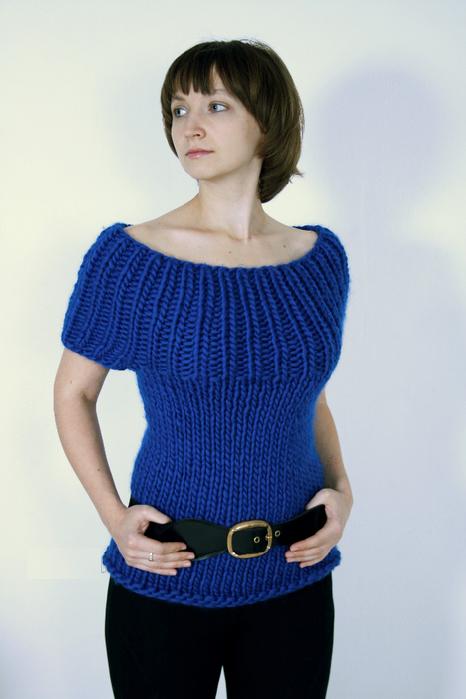
Knit such a jacket from top to bottom. Having gambled with an elastic band, we pass on a plaque binding, leaving part of the cloth for the sleeves. The rest of the loops are transferred to circular knitting needles and continue to the desired length.
Pullover
To perform any relief, a circuit is required. It is good to weave braids or plaits from thick yarn, to do weave. It is only necessary to take into account that it is not necessary to make such crossings from a large number of loops. A thick thread will create a larger image than the usual one. Therefore, do not overdo it!
Separately it is necessary to tell about such direction, as knitting coverlets and plaids:
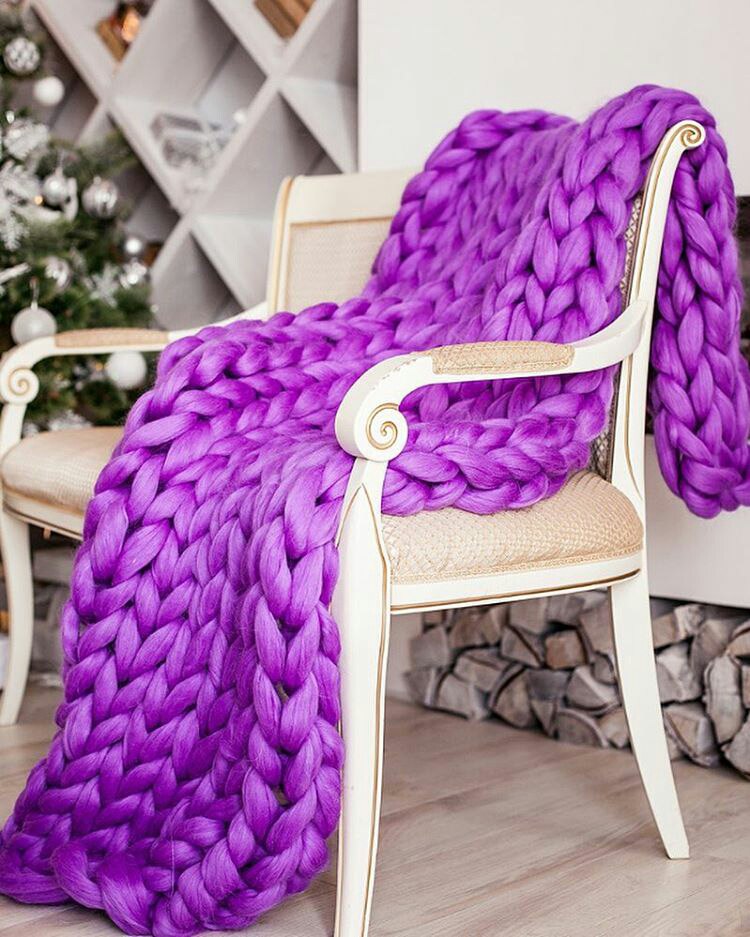
From thick or very thick yarn, such modelsKnit for a couple of hours. Patterns, often, do not even apply. The usual facial surface allows you to create masterpieces that adorn the house. Such a cloak can be bundled as a gift to relatives or friends. Color varies in any interval. Melange or two-tone yarn increases the effect of the product several times. You can type loops in any customary way. They knit an even cloth and, having reached the desired length, close knitting. When closing the hinges, they should not be pulled together, otherwise the fabric will be asymmetrical and lie flat on the surface.
Plaid
Knitting Caps
Knitting with Hands
Very fashionable way of weaving from thick and veryThick yarn. Many knitters, to increase the texture of the canvas and make the thing faster, use fingers or hands instead of spokes. The main models are scarves, blankets. The only drawback of knitting on the fingers - a wide can not be typed. Therefore, the scarf will be bulky, but not too wide. However, this completely spoils the look.
Allows you to make loops even more voluminous, andThe model is more bold. Such a method does not require much preparation. The main thing is to be able to type and sew loops. If for a rug to pick up a hypoallergenic yarn, then a cot for a baby crib will be ready in a couple of hours.
